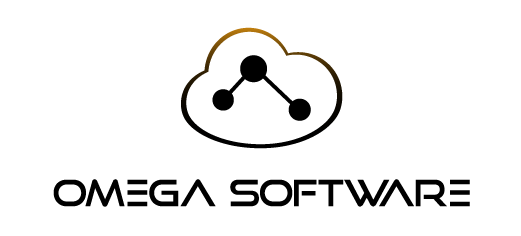Are you tired of clunky and outdated point-of-sale systems holding back your business’s growth and efficiency? Look no further than the game-changing arrival of the iPad in 2010, which created a surge in popularity for cloud-based POS systems.
But what makes iPad-based POS systems stand out from the rest? With their cost-effectiveness and ease of use, it’s no wonder why so many organizations are choosing the iPad for their mobile computing needs. And let’s not forget about the added benefits of increased portability, secure data storage in the cloud, and seamless upgrades and updates.
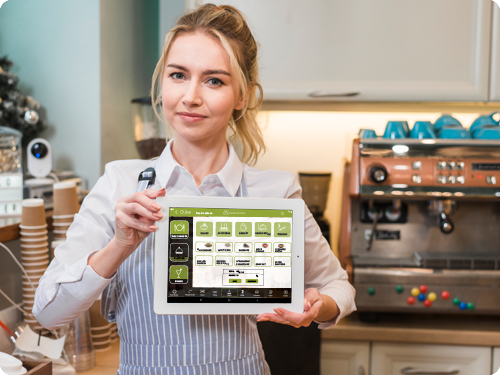
The user-friendly interface and multi-touch screen of the iPad also make it a breeze for employees to operate the system, streamlining your operations and increasing productivity. So, why settle for less when you can have it all with an iPad-based POS system?
Are you ready to take your business to the next level with the power of the iPad? Do you want to simplify your operations and prioritize security while saving time and money? It’s time to revolutionize the way you do business, with an iPad-based POS system.
Growth of the cloud-based POS market
The global market for cloud-based point-of-sale systems is expected to reach a value of $4.4 billion in 2020, according to projections made by industry analysts. It is anticipated that this figure will increase at an annual pace of 9.9 percent between 2021 and 2028. This expansion is being spurred by the increased popularity of cloud-based technologies and the benefits they give organizations, such as a reduction in overhead costs and the flexibility to access data. This growth can be attributed, in large part, to the utilization of cloud computing services.
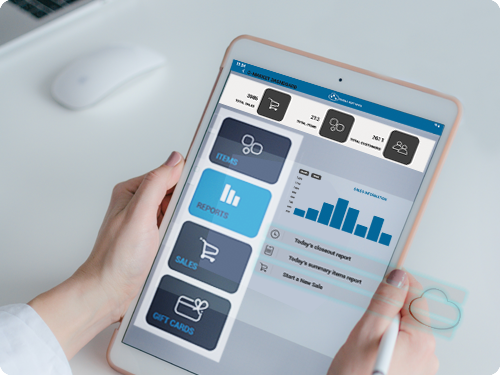
Cost-effectiveness of iPad-based POS systems
One of the major factors driving the growth of iPad-based POS systems is their cost-effectiveness. Traditional legacy systems can be expensive, ranging from $3,000 to $50,000, including license fees, computers, servers, printers, and other components. In comparison, iPad POS systems are offered through a software-as-a-service (SaaS) model and cost around $50-$200 per month for a subscription and $7,000 for a complete system with multiple iPads, printers, and other components. This cost-effective solution eliminates the need for additional hardware, such as servers and storage, and upgrades and updates are free and easy to implement, as the system is just an app for the iPad.
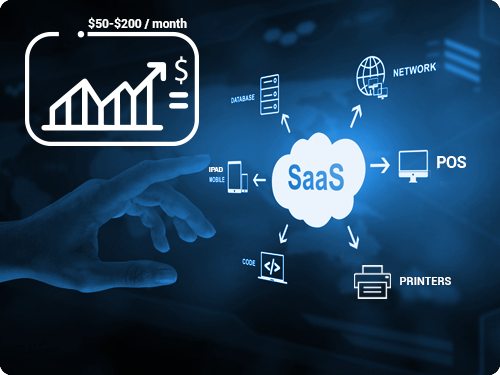
Comparison with traditional legacy systems
iPad-based POS systems offer several advantages over conventional legacy systems. For example, legacy systems require separate servers and large amounts of storage, which can be expensive and difficult to manage. iPad-based systems store all data in the cloud. They are accessible from any computer with an internet connection, making it easy for business owners to access reports on sales, inventory, and employee attendance from anywhere, at any time.
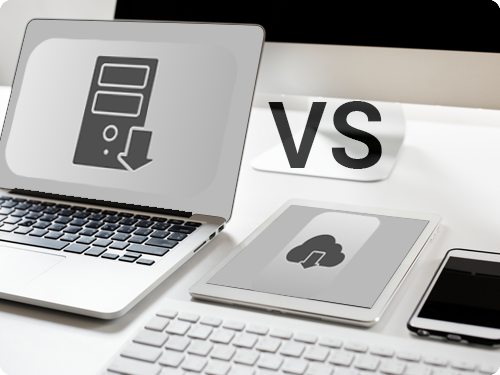
Cost savings through the SaaS model
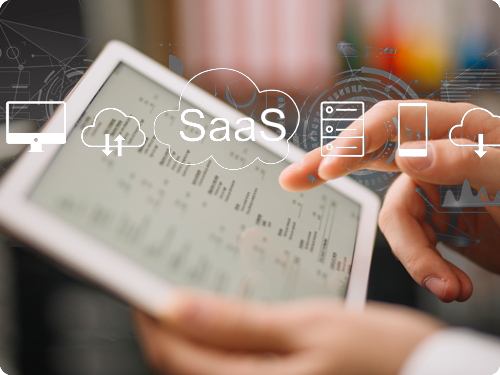 The software-as-a-service (SaaS) model used by iPad-based POS systems offers many cost savings benefits for businesses. One of the biggest advantages is eliminating hardware costs, as the data is stored in the cloud rather than on physical servers or storage devices. This means that businesses don’t have to invest in expensive equipment, freeing up valuable capital to invest in other areas of their business.
The software-as-a-service (SaaS) model used by iPad-based POS systems offers many cost savings benefits for businesses. One of the biggest advantages is eliminating hardware costs, as the data is stored in the cloud rather than on physical servers or storage devices. This means that businesses don’t have to invest in expensive equipment, freeing up valuable capital to invest in other areas of their business.Another major benefit of the SaaS model is the free and easy implementation of upgrades and updates. With traditional legacy systems, upgrades and updates can be costly, requiring businesses to budget for yearly expenditures. With iPad-based POS systems, these upgrades and updates are handled by the provider, eliminating the need for businesses to worry about the cost of maintaining their system.
Simplicity and ease of use
Another key advantage of iPad-based POS systems like Omega Software is their simplicity and ease of use. The user-friendly interface and multi-touch screen of the iPad make it easy to navigate and operate the system. Additionally, eliminating separate servers and large amounts of storage makes it easy for business owners to access data from anywhere with an internet connection.

This accessibility allows business owners to monitor their sales, inventory, and employee attendance in real time, even when they are away from their physical location. The cloud-based storage also ensures that data is secure and backed up, reducing the risk of losing critical information. With all data stored in the cloud, businesses can easily access and analyze reports, identify trends, and make informed decisions to drive growth and improve operations.
Data storage in the Cloud
Businesses stand to gain from the cloud storage of their data in several different ways. To begin, it eliminates the requirement for additional hardware, such as servers and storage, which can be both costly and challenging to operate. Second, it makes it simple for owners of businesses to obtain reports regarding sales, inventory, and employee attendance from any location if they have access to the internet. And finally, the data is safe and guarded against any kind of physical damage or theft, guaranteeing that it will always be available whenever it is required.

Access to reports from anywhere
One of the critical advantages of iPad-based POS systems is the ability to access reports from anywhere. All data is stored in the cloud and accessible from any computer with an internet connection. This makes it easy for business owners to access sales, inventory, and employee attendance reports from anywhere, at any time. This feature is especially useful for business owners who are constantly on the go and need to monitor their business from anywhere. It also eliminates the need for manual data entry and reduces the risk of errors, as all data is automatically updated in real-time.
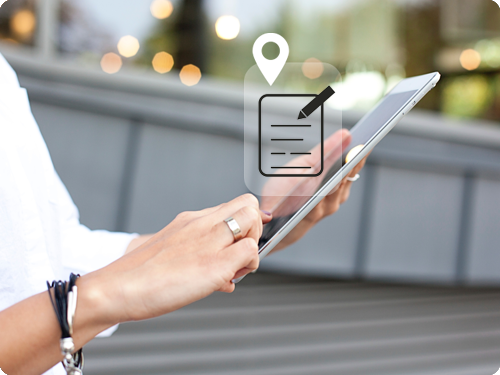
To Sum Up!
iPad-based POS systems are an affordable and practical alternative to traditional legacy systems. They offer ease of use, cost savings, and access to data from anywhere with an internet connection. With the global cloud-based POS market expected to grow, businesses should consider switching to this lighter, smaller, and more affordable solution. However, it is important for businesses to consider the potential drawbacks, such as the requirement for a reliable internet connection and limitations of offline operation, before making the switch.
